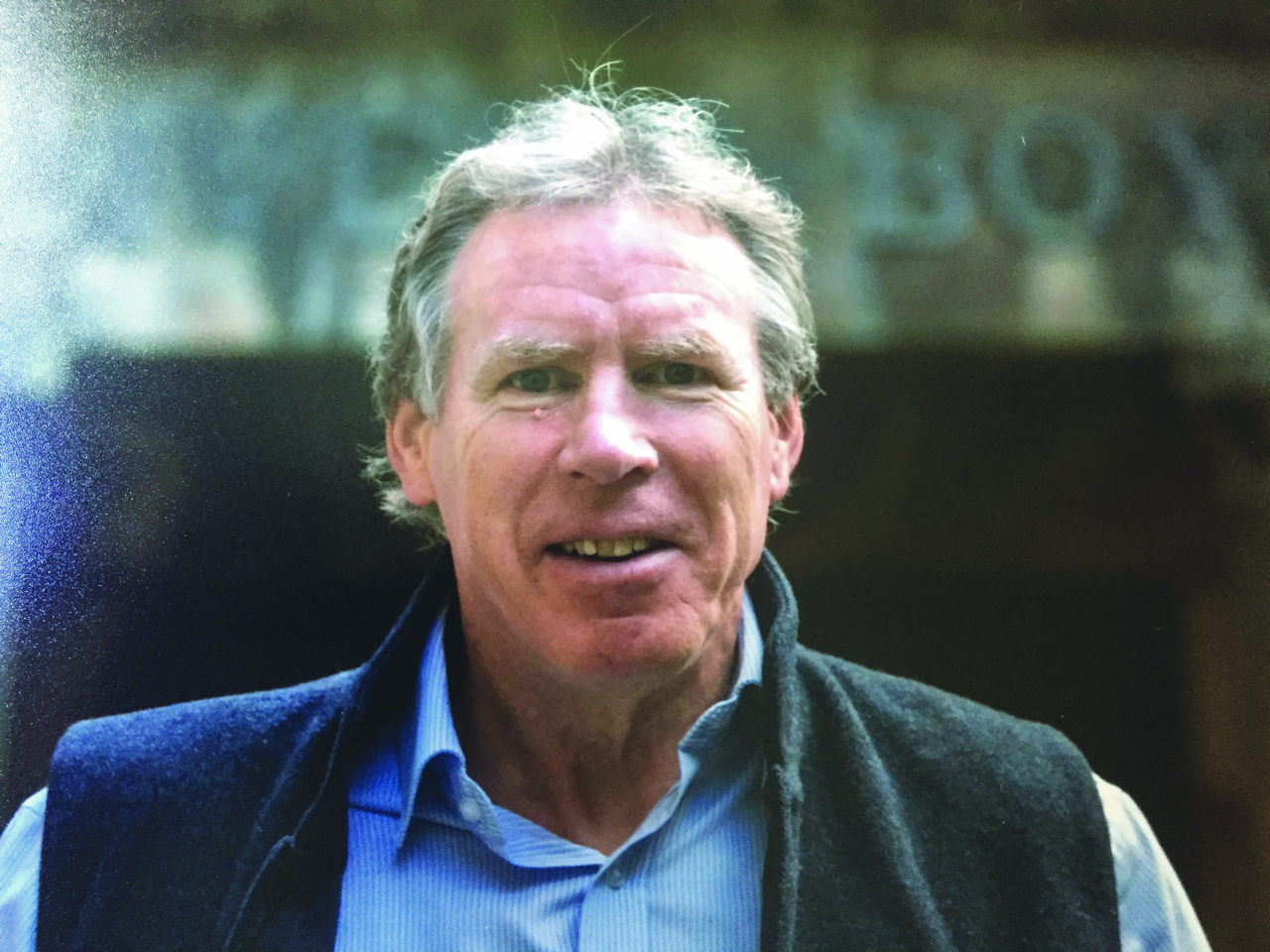The List at 40: Robin Hodge (co-founder) – 'We were confident that there was need for such a magazine'
Our co-founder, and publisher from 1985–2022 remembers how The List grew from humble beginnings with a singular task in mind
.jpg)
If you had asked the team that launched The List magazine back in 1985 whether they thought it would still be going 40 years later, I think the answer would have been a resounding yes. But there would have been a proviso: such was the turmoil at the start, we would first have to find a way to survive 40 weeks. We struggled almost to exhaustion in those early months, working through the nights to get listings compiled, articles written and pages laid out ready for printing. We didn’t understand how to appeal to advertisers. We took time to learn how to get copies into shops. And our financial resources ran out in a few weeks, leaving us mired in debt which created all sorts of difficulties and took years to clear.
But however much wishful thinking was involved, we were confident that there was a real need for such a magazine. The range, the depth, the sheer quality of the cultural life of central Scotland was remarkable. It was crying out for a voice to acknowledge, acclaim and support it. And by letting people know what was happening, we would boost audiences and encourage more to happen. Ever since Alasdair Gray’s novel Lanark was published back in 1981, there had been a transformation in the perception of Scottish writers, musicians, filmmakers, artists and performers that they no longer had to head south in order to gain recognition. They could stay in Scotland, pursue their vision and achieve success.

That is not to say that everything was easy. It wasn’t. Without media attention, it was hard to find out what was on. Word of mouth took time to spread and so plays like John Byrne’s brilliant Writer’s Cramp didn’t sell out until late in its run. Musicians such as John Martyn and performers like Ivor Cutler struggled to draw in more than their dedicated core following. And young critics and writers were unable to get published in the press without first serving time as a trainee reporter.
All this began to change once The List appeared. The task we set ourselves was to find out details of all the events that were happening, use our specialist expertise to identify and highlight what was most interesting and significant, and to acclaim the exceptional. All this was done by a dedicated team who were chosen because they knew their fields, could recognise real talent and were passionate in supporting the best of what was happening.
In time, we learned how to meet deadlines, how to connect advertisers with the customers they wanted to reach, and how to package each issue into an appealing product. We later expanded with our Eating & Drinking Guide, the I Saw You column, a radio station and Edinburgh Festival parties. The new writers we published were snapped up by the mainstream papers who were worried about being left behind. And the arts scene expanded and prospered.

Forty years on, The List magazine has handed over the task of publishing listings to the searchable web version and now concentrates on selecting highlights of what is happening each month with previews, interviews, profiles, reviews and features. It has transformed, from black and white printing on cheap newsprint to full colour on art paper; its frequency has shifted from fortnightly to monthly, and the business model from paid-for to free.
We did have an enforced break due to covid, but thanks to all those who supported the crowdfunding campaign, The List bounced back in 2022. Now under the energetic leadership of Sheri Friers, it continues to be needed and relevant. At heart, it still sees its mission as celebrating and supporting the cultural life of Glasgow, Edinburgh and further afield.
Follow The List’s timeline for more reminiscences from magazine’s past:
> The List at 40: Nigel Billen (editor 1985–1989) – ‘It was always financially precarious, but creatively rich’